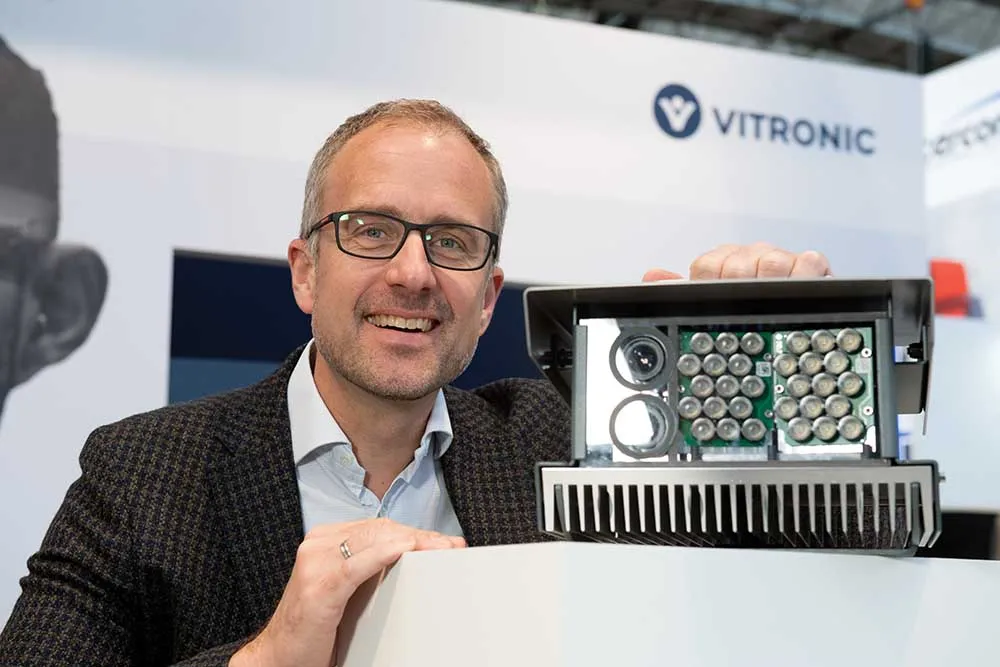Efkon India has announced that is has provided design, installation, and commissioning solutions for the three main toll plazas and three ramp toll plazas of the Yamuna Expressway Project (YEP) - a 165km highway stretch connecting Delhi with Agra – that will be inaugurated today. The toll plazas comprise a total of 129 lanes and all main plazas have 32 lanes furnished with fully automatic and semi-automatic fare collection system. The solution includes 24 weigh-in-motion (WIM) systems across all main plazas
August 9, 2012
Read time: 2 mins
The toll plazas comprise a total of 129 lanes and all main plazas have 32 lanes furnished with fully automatic and semi-automatic fare collection system. The solution includes 24 weigh-in-motion (WIM) systems across all main plazas and every lane additionally is equipped with automatic vehicle classification systems.
Efkon has provided a single interface solution for all the sub-systems which enables information capture of all expressway activities and communication to the main and sub control centre across the expressway. This system will also eventually benefit the expressway users, by way of safe and hassle free travel, with rapid action and support, in case of emergency.
The highway traffic management system (HTMS) solution provided by Efkon India is claimed to be among the most advanced solutions in the Indian tolling industry. This includes sub-systems like emergency call box, CCTV surveillance& video image detection system, vehicle tracking and speed enforcement system, and meteorological system.










